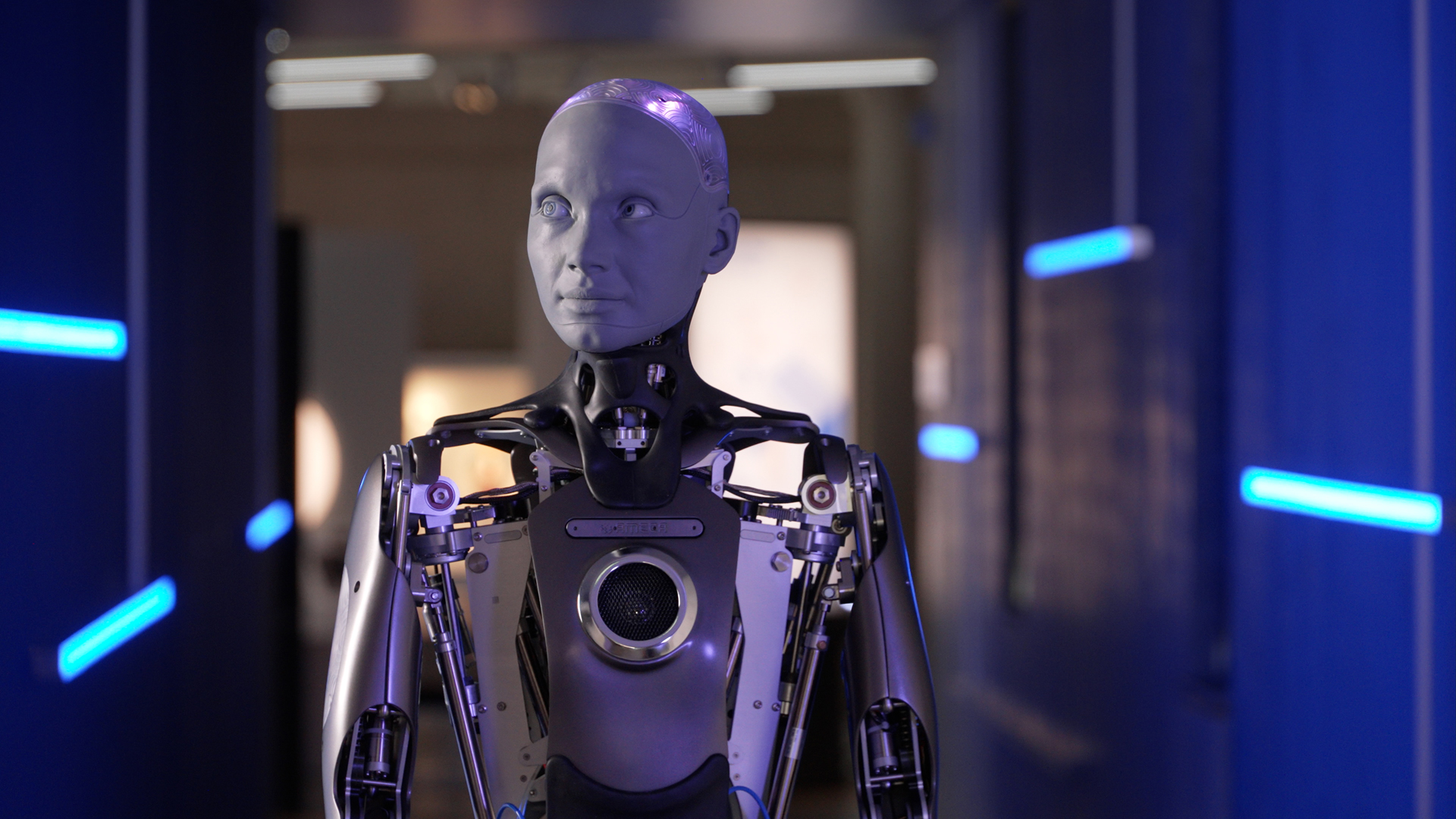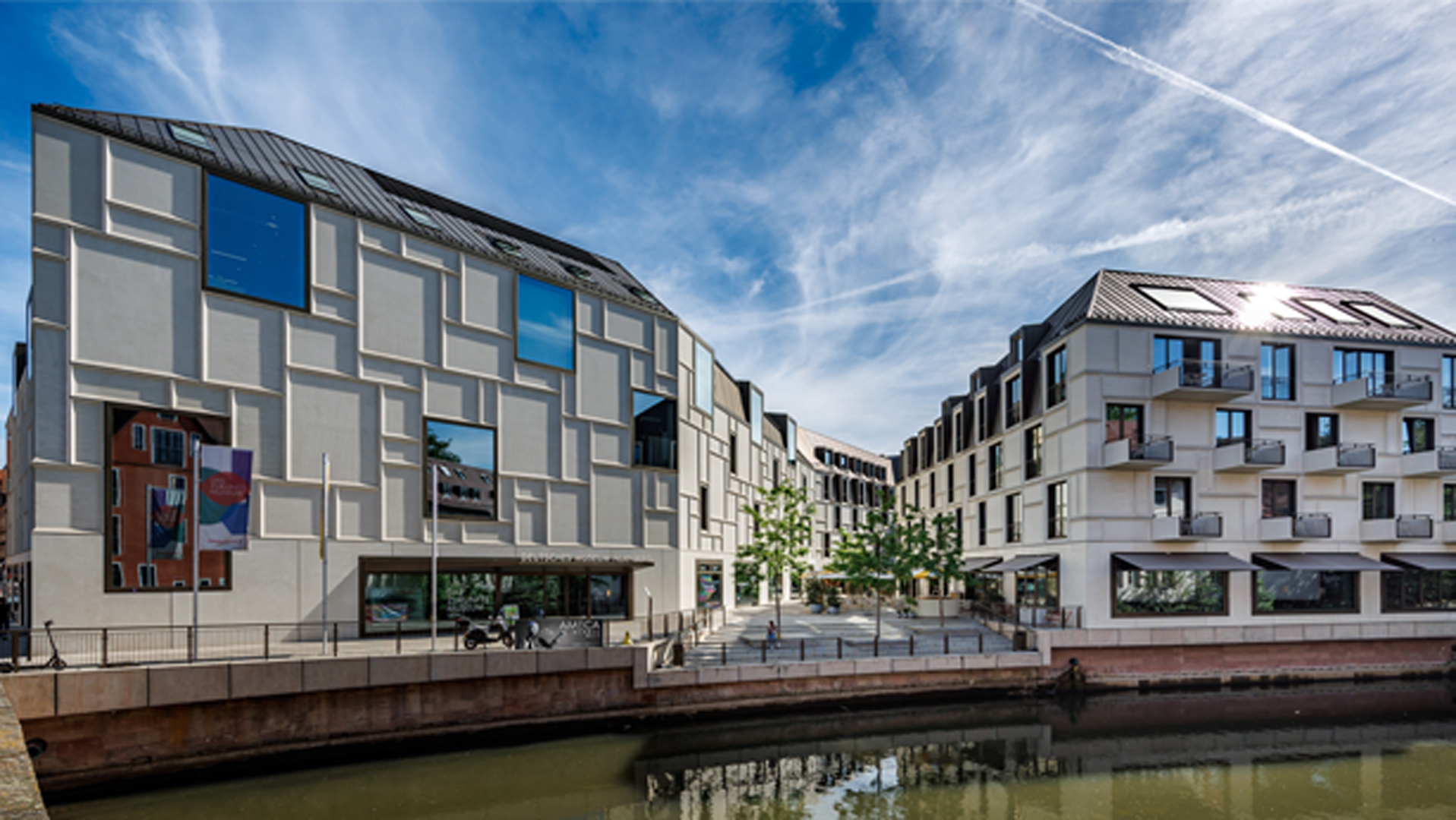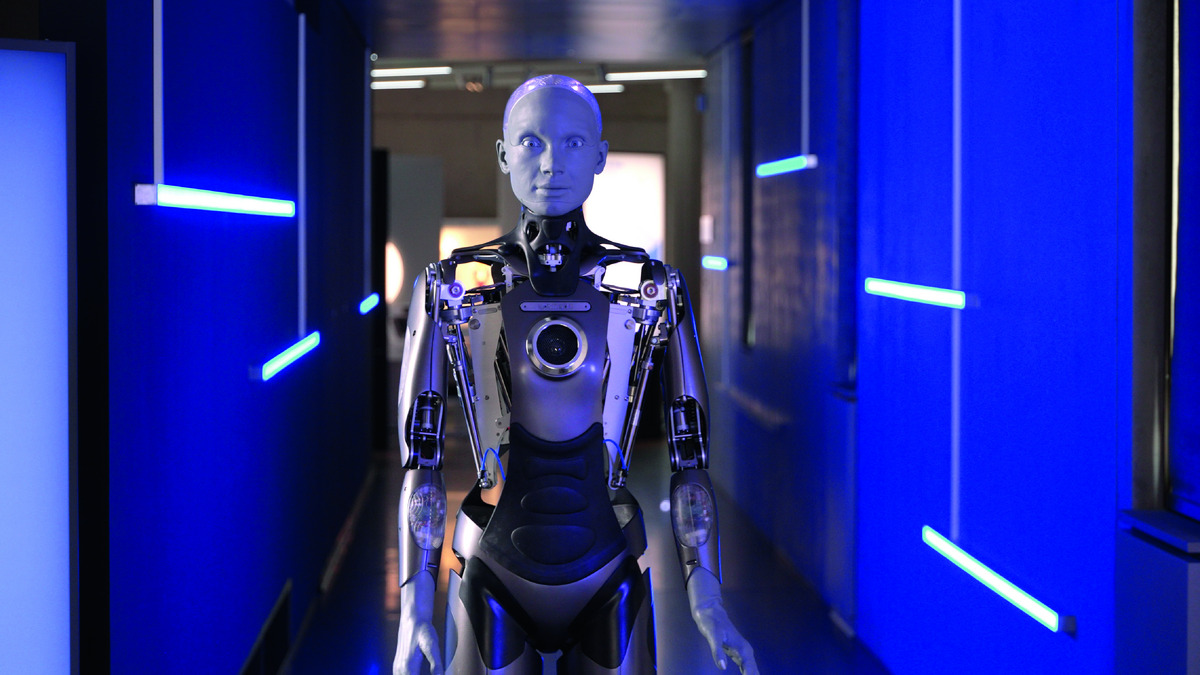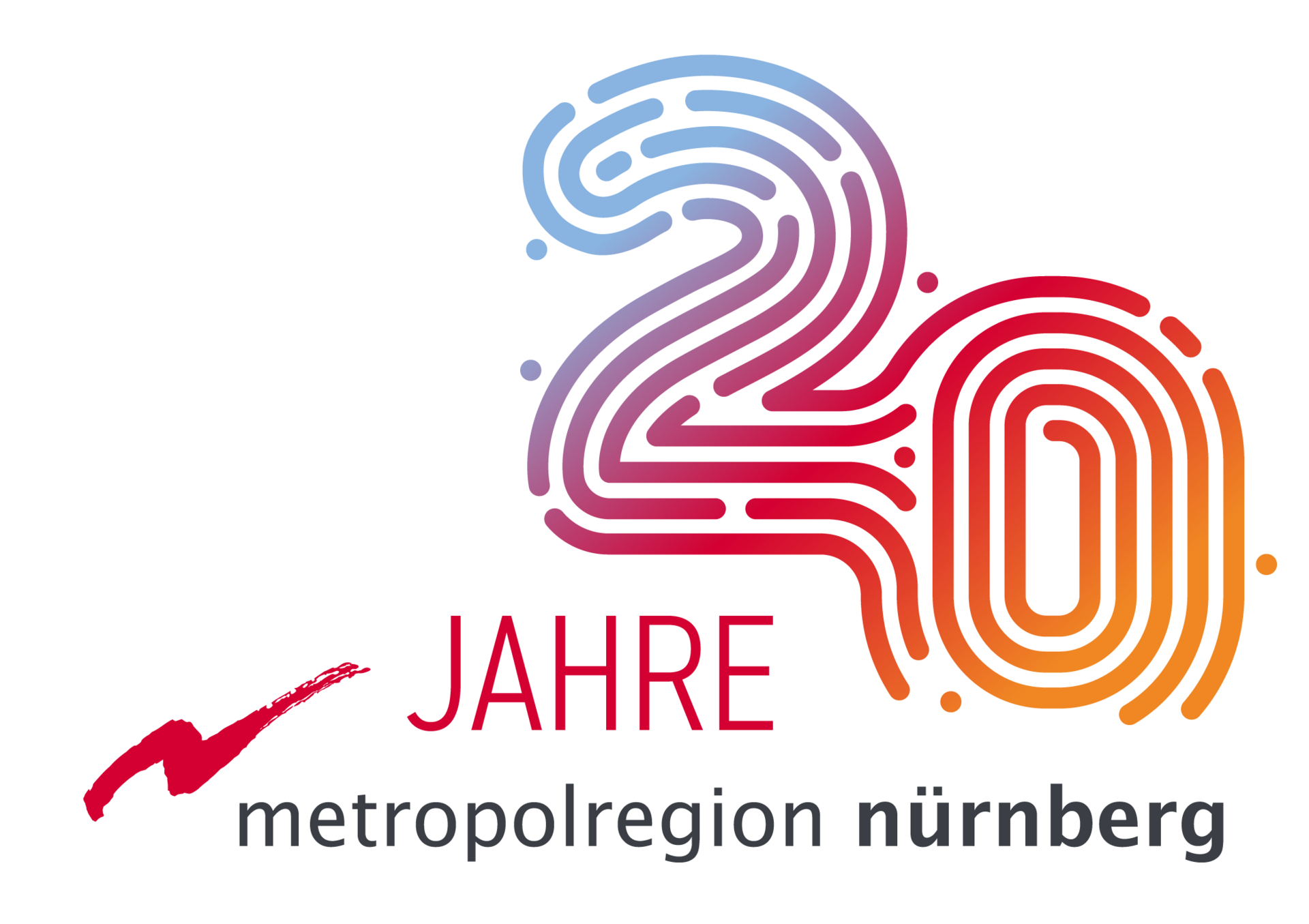Talking to AI robots
This has been possible at the Future Museum in Nuremberg since July 2024. The humanoid robot AMECA is one of the most advanced of its kind in the world.
A humanoid robot welcomes guests to the Future Museum. It is AMECA, one of the most advanced humanoid robots in the world. It gives us a glimpse into the future and makes us think about what it means to be human. The hardware and software are designed to create a human-like counterpart.
The outstanding object is now part of the collection of the Future Museum - Deutsches Museum Nürnberg. AMECA expands the subject area of robotics.
"AMECA offers an opportunity to rethink our own humanity and opens up new forms and possibilities of communication," says museum director Marion Grether. "The most important thing for a humanoid robot is communication," says Will Jackson, founder of the British company Engineered Arts, which developed AMECA. "Our goal is a robot that understands human facial expressions and gestures and is able to interact in a human way."
AMECA appears human and interacts.
Engineered Arts first presented Ameca as a prototype in December 2021. Shortly afterwards, in May 2022, Ameca made its European debut at the Museum of the Future. It was inspiring, fascinating and moving. Back then as a guest performance, AMECA has now come to stay. An AI interface and the associated possibilities for interaction are completely new. The number of motors that refine facial expressions has been increased from 11 to 27.
The human-like face creates trust and acceptance. The content of the conversation is based on the knowledge of the connected LLM (Large Language Model), in this case ChatGPT-4o. Both the persona and the direction of the conversation are controlled by a system of prompts specially developed at the Future Museum, which includes several variants for different occasions and application situations.
The robot chats virtually with museum visitors - in all common languages; it informs and motivates. AMECA is more than the sum of its 2500 individual components. AMECA is perceived as an active counterpart that is accepted and trusted.
"The vision for Ameca is human interaction, a robot that you can talk to, that understands human facial expressions and gestures and that communicates through movements and "emotions", not just words. Instead of looking at screens and typing on keyboards, we should be able to interact with our technology in a more human way. Machines should understand a smile, a head movement or a hand gesture," says Will Jackson about his research work, to which he has dedicated himself for more than 15 years.
"Ameca is designed as an open platform for software developers and researchers and is also designed for hardware upgrades, so we hope that Ameca's performance will continue to improve over time," adds Jackson.
"We will experiment with AMECA, explore its potential and share our results," says Marion Grether. "Together with research institutions, we can gather experience and (help) shape our future now."
"AMECA can be used for a wide range of applications and presentations: from welcomers who can provide information about the museum to informal chats and technical discussions. Whether in a cheeky chatty tone, snobbishly distinguished or ironic, whether with fantasies of world domination or altruistic - AMECA can be anything. Anything we want," says Susanne Grube, Head of Programmes/Education and Laboratories at the Future Museum.
"It can be booked for events and specially programmed for the occasion. A robot show and a yoga programme are also planned," says Grube.
The museum is home to a dozen different robots. KUKA iiwa is a collaborative industrial robot that can interact with humans directly and without protective shields. Telemax EVO pro is used in war zones and danger zones, while the therapy robot Paro is appreciated by people with dementia in retirement homes. The robotic cat Bella Bot also arouses emotions. She is one of the service robots.
AMECA joins the group of robots with human-like characteristics. They are designed to have an emotional appeal: from the simple Keeko to Murata Cheerleader and Nao to Harmony. Harmony is a sex doll with a robotic head. Closed, pre-programmed conversations are possible via an AI interface. She is a pioneer of human-like robotics.
AMECA currently comes closest to the vision of the humanoid robot. It is at a turning point in the advancement of human-robot interaction. Hardware and software form a fascinating symbiosis.
What was once conceived in the science fiction genre can now be experienced in the analogue world: the idea of a human counterpart created by humans is taking shape. This possibility is both fascinating and disturbing at the same time. It shakes up our idea of self-determined humanity and its ethical values. It is important to be aware of the programming: AMECA's programming is in human hands. Technology and humanity are not mutually exclusive.
The Future Museum - Zukunftsmuseum - poses technical and ethical questions. With the humanoid robot AMECA, it now has a leading object to discuss these issues.

© Zukunftsmuseum / Boris Brackrock

© Zukunftsmuseum / Daniel Karmann | The Future Museum - Deutsches Museum Nürnberg at the Augustinerhof.



